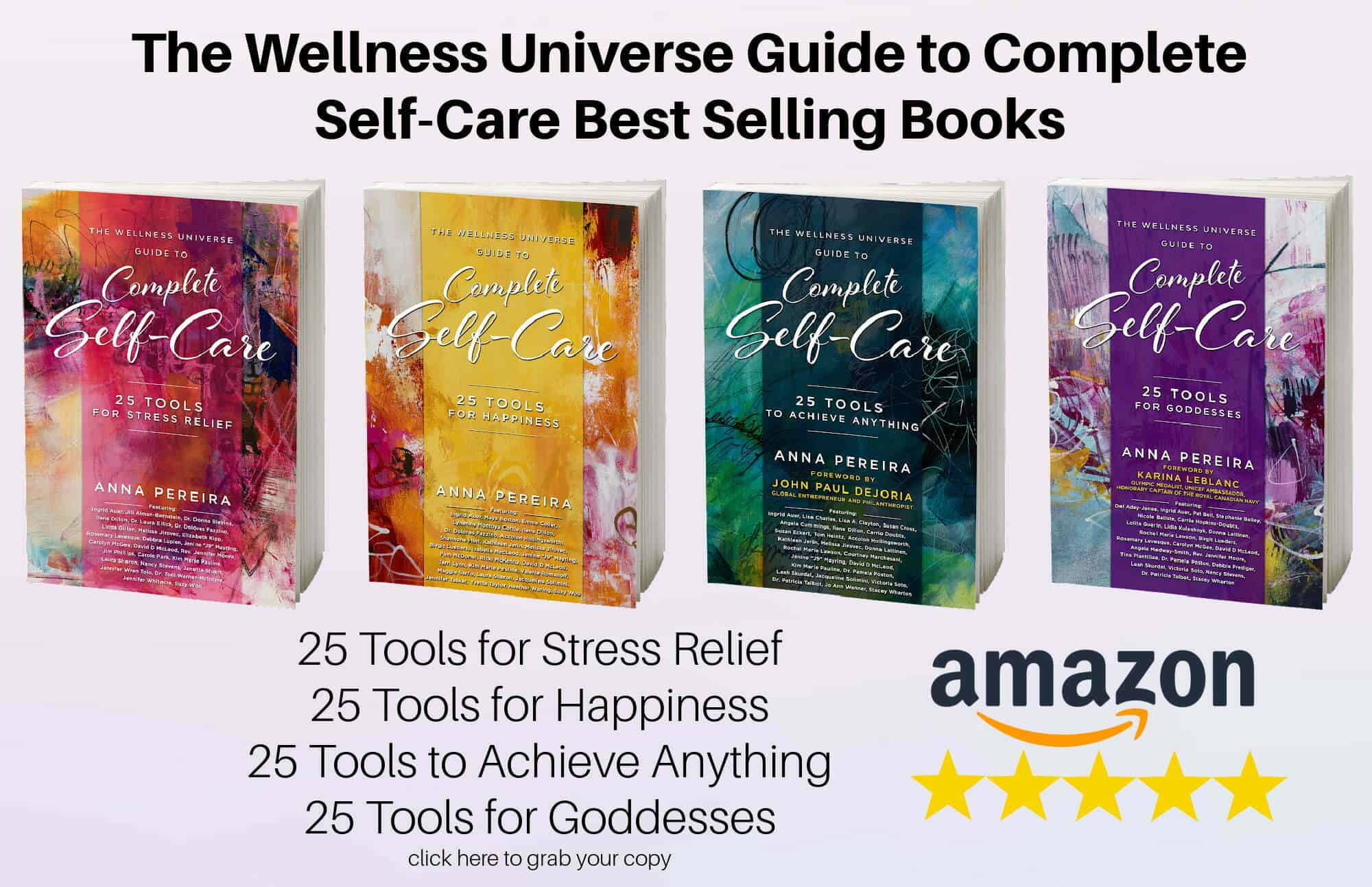In an era of advanced technology and scientific progress, one might assume that the products we consume and wear would be rigorously tested and free from harmful substances. Unfortunately, the reality is quite different. Toxins, including chemicals and pollutants, continue to find their way into our food and clothes, posing significant health risks.
Regulatory Gaps and Loopholes
One major reason toxins make their way into our food and clothes is the existence of regulatory gaps and loopholes. Government agencies responsible for regulating these industries often struggle to keep pace with the rapid development of new chemicals and manufacturing processes. Consequently, outdated regulations fail to adequately address emerging risks, leaving room for hazardous substances to persist in consumer products.
Incomplete Risk Assessments
The assessment of chemical risks can be a complex and time-consuming process. In some cases, limited data on the long-term effects of specific substances may prevent comprehensive risk evaluations. As a result, manufacturers may exploit this knowledge gap and continue using chemicals that have not undergone rigorous scrutiny. Additionally, certain chemicals may be evaluated individually rather than considering the cumulative effects of multiple substances, further underestimating the potential harm they can cause.
Economic Interests and Cost Considerations
The pursuit of economic interests and cost considerations can also play a role in allowing toxins in our food and clothes. Manufacturers often prioritize profit margins and production efficiency over consumer safety. Substituting cheaper, potentially toxic chemicals for safer alternatives can reduce costs, making it an attractive choice for companies. This compromises consumer health and well-being, as the consequences of prolonged exposure to these substances may not be immediately apparent.
Limited Consumer Awareness
Many consumers are unaware of the presence of toxins in their food and clothes. Lack of transparency in labeling laws and insufficient public education contribute to this knowledge gap. Consumers may unknowingly purchase products that contain harmful substances due to inadequate disclosure requirements or confusing terminology. Without awareness, individuals cannot make informed decisions to protect themselves from potential risks associated with toxins.
Global Supply Chains and Regulation Variations
In today’s globalized world, supply chains for food and clothing are often complex and widespread. Different countries may have varying regulatory standards and enforcement capabilities. This lack of global harmonization allows toxic substances to enter the market through imported goods. Weak regulations in one country can enable the use of chemicals banned or restricted elsewhere, exposing consumers to potential hazards.
The presence of toxins in our food and clothes is a grave concern, necessitating urgent action. Regulatory reforms, including the closing of gaps and loopholes, are crucial for improving consumer safety. Governments must allocate adequate resources to conduct thorough risk assessments and monitor the use of chemicals in consumer products. Enhanced transparency and labeling requirements can empower consumers to make informed choices and protect their health. Additionally, international collaboration and harmonization of regulations are imperative to prevent the global circulation of toxic substances.
As individuals, we can contribute by raising awareness, demanding safer products, and supporting companies that prioritize transparency and sustainability. By advocating for stronger regulations and making informed choices, we can strive towards a future where the presence of toxins in our food and clothes becomes a relic of the past, ensuring a healthier and safer world for all.
We suggest getting education and support to live a healthy life through The Wellness Universe Wellness for All program: Optimal Healing, What you don’t know can kill you . . . And how to fix it. Healing naturally: an investigation into dis-ease crises, prevention, and alternative healing triumphs with Rosemary Levesque.
When the happiness and health of your organization matter, from leadership through every member and employee, we can help.
All information, content, and material are for informational purposes only and are not intended to serve as a substitute for the consultation, diagnosis, and/or medical treatment of a qualified physician or healthcare provider. The information supplied through or on this page, or by any representative or agent of The Wellness Universe, is for informational purposes only and does not constitute medical, legal, or other professional advice. Health-related information provided through this website is not a substitute for medical advice and should not be used to diagnose or treat health problems or to prescribe any medical devices or other remedies. The Wellness Universe reserves the right to remove, edit, move, or close any content item for any reason, including, but not limited to, comments that are in violation of the laws and regulations formed pursuant to the Federal Food, Drug, and Cosmetic Act. None of the posts and articles on The Wellness Universe page may be reprinted without express written permission.
Grateful at Last! A Guided Tour to Life’s Greatest Gift
A journey of awakening, healing, and growth based on the compelling book A Life to Die For.
Catch the replay – https://bit.ly/GratefulAtLast

See how our self-care books are helping thousands of people around the world. Digital and paperback books are available now.
Connect to the people that help you live your best life: The Wellness Universe
The Wellness Universe is your resource for health, wellness, well-being, and transformation. We serve and support professionals who make the world a better place and individuals and groups who seek their best life.
A woman owned company; having the vision in 2013, Anna Pereira launched the first directory in 2015 bringing together a community of members making the world a better place to be found by those seeking their best life. The Wellness Universe has grown since then to be a one-stop shop for total wellness support! We are a vetted community, online directory, book publisher, resource center, event producer, content platform, and so much more, supporting whole-health and well-being on a global scale.
The Wellness Universe is a home that connects industry professionals in the health, wellness, and well-being fields to seekers of total well-being. WU provides our WU World-Changer members with peer support, Wellness Universe produced events (live and online), projects, visibility, business mentoring, and community. Through The Wellness Universe our WU World-Changer members serve WU Friends, seekers of health, wellness and transformation, with coaching, workshops, content and more.
The Wellness Universe provides individuals and groups seeking their best lives with access to our members, wellness content, educational resources, and guidance in all areas of wellness to transform visions of how they want to live life into the life they experience.
Through the directory, WU Featured Blog, SoulTreat wellness retreat, Self-Care Books, group well-being programs, and online learning center, The Lounge, The Wellness Universe provides many avenues to support whole health, mind, body, spirit and planet.
Join us today! Wellness Professional or Seeker of Your Best Life





